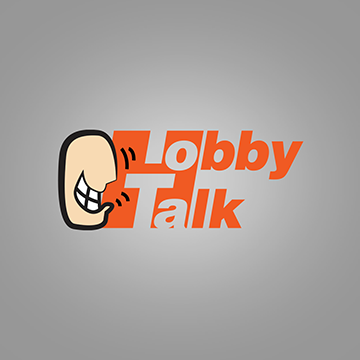Folks:
I was cruising the web this morning when I came across this Arduino user forum thread:
Maximum Pin current! - UNO R4
The gist of the discussion that affects slot car users is that these newest UNOs (already on sale at the Arduino web site) are a "you don't get somethin' for nuttin'' deal. The two UNO R4 models (Minima and WiFi) are faster and provide more features (the built-in 12x8 array of LEDs on the WiFi model is intriguing). BUT - if you happen to be a user that uses Arduino pins to directly drive "higher-current" devices such as LEDs, you are not so well off with an R4. The UNO R3 specs state being able to drive/sink up to 20 mA of current per pin - but the R4 maximum pin current has been reduced to 8 mA (and somewhere in the discussion folks were saying that some pins may only be capable of 4 mA).
SO what does this mean? Well, IF you have an existing UNO R3 setup which drives LEDs "without a sweat", you might not be able to replace the R3 with an R4 without some changes. You may need to increase the value of current limiting resistors you use. IF YOU DON'T, YOU MIGHT BURN OUT SOME I/O PINS ON YOUR NEW UNO R4! In general, you may need to consider adding external buffer/driver circuits.
I find this ironic as I have been working on the RC Tech/User Manual and yesterday afternoon had just finished a section about how to wire up an UNO R3 to support a 4-lane track. That included my blabber about the current limiting resistors needed if you wired in optional start light LEDs. With this new info about the R4, I should at least put in some text about how the example specifically uses an UNO R3, and that things are different if you wire up an R4. Ah, tech constantly changes...
Regards,
BBB
I was cruising the web this morning when I came across this Arduino user forum thread:
Maximum Pin current! - UNO R4
The gist of the discussion that affects slot car users is that these newest UNOs (already on sale at the Arduino web site) are a "you don't get somethin' for nuttin'' deal. The two UNO R4 models (Minima and WiFi) are faster and provide more features (the built-in 12x8 array of LEDs on the WiFi model is intriguing). BUT - if you happen to be a user that uses Arduino pins to directly drive "higher-current" devices such as LEDs, you are not so well off with an R4. The UNO R3 specs state being able to drive/sink up to 20 mA of current per pin - but the R4 maximum pin current has been reduced to 8 mA (and somewhere in the discussion folks were saying that some pins may only be capable of 4 mA).
SO what does this mean? Well, IF you have an existing UNO R3 setup which drives LEDs "without a sweat", you might not be able to replace the R3 with an R4 without some changes. You may need to increase the value of current limiting resistors you use. IF YOU DON'T, YOU MIGHT BURN OUT SOME I/O PINS ON YOUR NEW UNO R4! In general, you may need to consider adding external buffer/driver circuits.
I find this ironic as I have been working on the RC Tech/User Manual and yesterday afternoon had just finished a section about how to wire up an UNO R3 to support a 4-lane track. That included my blabber about the current limiting resistors needed if you wired in optional start light LEDs. With this new info about the R4, I should at least put in some text about how the example specifically uses an UNO R3, and that things are different if you wire up an R4. Ah, tech constantly changes...
Regards,
BBB




